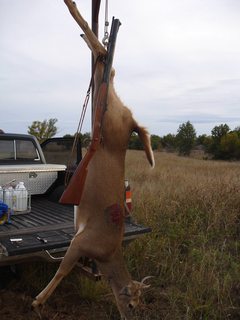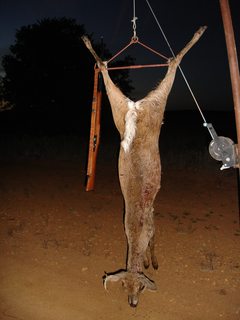Hi Don. The expansion thing is a little confounding to me. I've been casting my own for nearly 25 years. I had a .54 Lyman GPR and was shooting balls cast from old telephone sheathing. Had pass-throughs every time. About 2001 I got a new .54 flintlock and my telephone sheathing source dried up and I started casting from sewer lead. I started recovering balls on the far side of the hide. Not every time, but with some frequency.
The GPR was throwing them at 1690 fps, but it probably wasn't a pure lead. The flintlock (longer barrel) throws 'em at 1900 fps, and the sewer lead is soft as bubblegum.
So if you have a chronograph and can get your ball going soemthing between 1700 and 1900 fps you should see some expansion if you have soft enough lead. However with a .62 you may get pass-throughs even so, which will make it harder to tell if you're getting expansion.
What many folks will tell you is true though - the roundball doesn't need to expand. The modern bullet is designed to cut through the air without losing energy (an the consequent velocity drop). But once that modern bullet strikes its target, the hunter wants the opposite of the energy conserving shape - so bullet manufacturers come up with clever designs to maximize expansion. Thus the expanded bullet loses its sleek shape and begins dumping energy as it decelerates. A roundball is very, very, inefficient at cutting through the air, thus it begins dumping energy at a ridiculous rate the moment it leaves the barrel. It still dumps energy inside the deer's vital tissue.
I will say, however, that just by experience and anecdotal evidence - it seems that the .45 ball produces the most bang-flops on whitetail of all the roundball calibers. But what produces a dramatic bang-flop with a perfect hit, may also produce less than satisfactory results when a deer is hit through a shoulder or arm.






